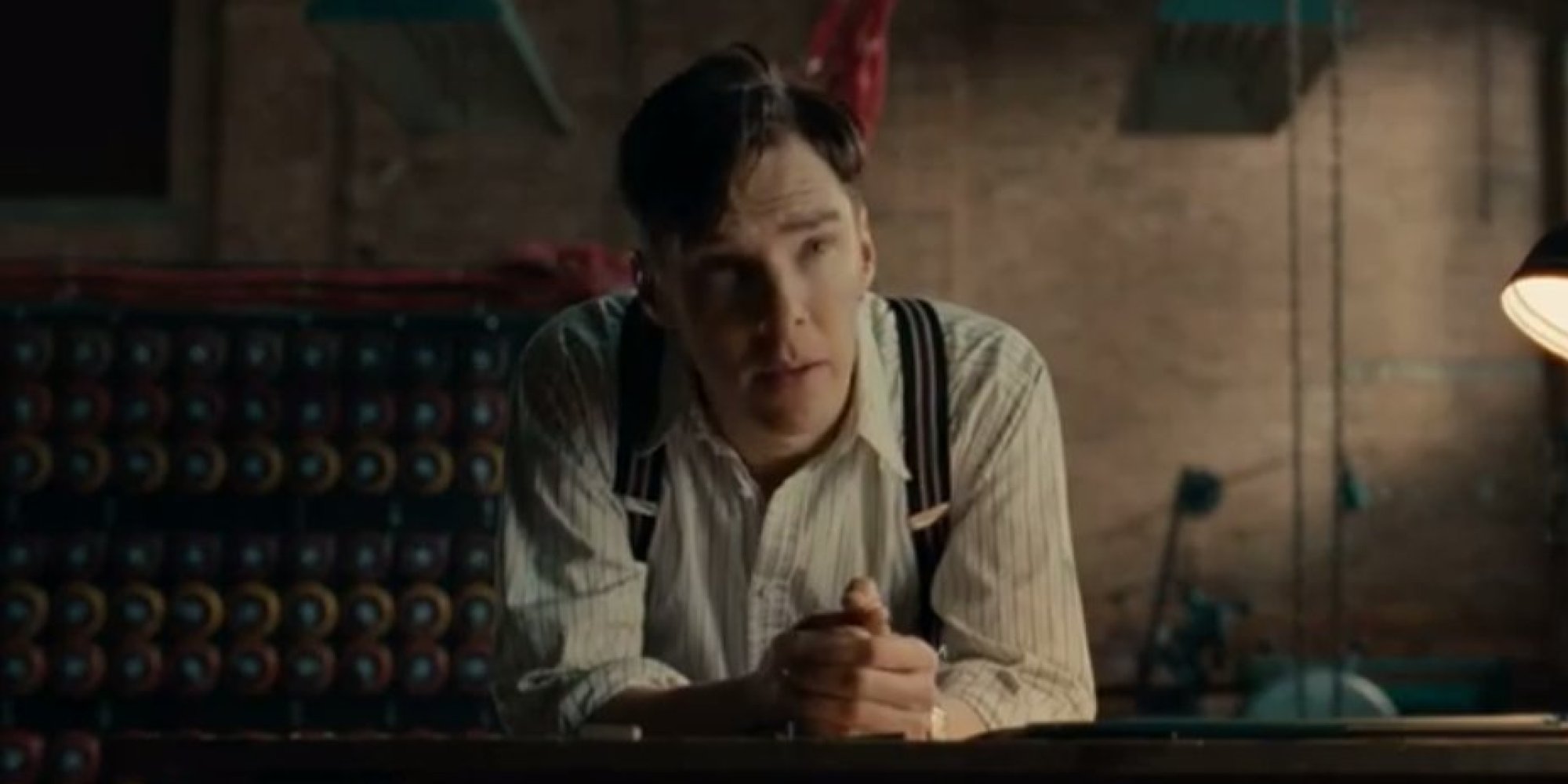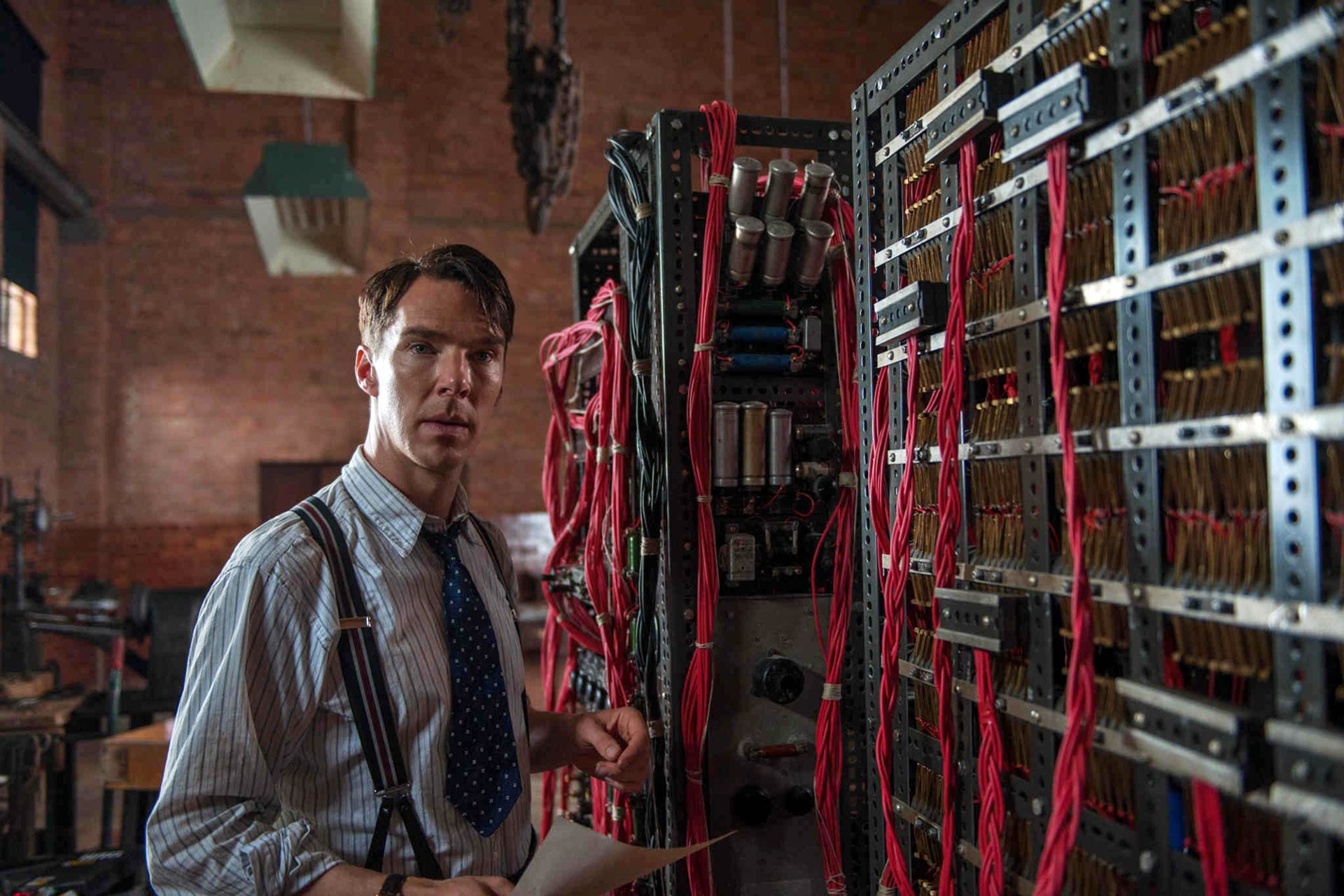
(1950), 'Computing Machinery and Intelligence', Mind 59, pp. (1948), 'Intelligent Machinery', reprinted in Ince (1992), pp. (1947), 'Lecture to the London Mathematical Society on 20 February 1947', reprinted in Ince (1992), pp.

(1945), 'Proposal for Development in the Mathematical Division of an Automatic Computing Engine (ACE)', reprinted in Ince (1992), pp. (2000), 'Making the Right Identification in the Turing Test', Minds and Machines 10, pp. (2000), 'Turing's Two Tests for Intelligence', Minds and Machines 10, pp. (2000), 'Turing Test: 50 Years Later', Minds and Machines 10, pp. (2001), 'Turing and the Mathematical Objection', Forthcoming in Minds and Machines. (1955), 'Alan Mathison Turing', in Biographical Memoirs of Fellows of the Royal Society. (1995), 'Turing Test Considered Harmful', Proceedings of the Fourteenth International Joint Conference on Artificial Intelligence, Montreal, Quebec, Canada, pp. (1985), Artificial Intelligence: The Very Idea. (1994), 'Turing's Sexual Guessing Game', Social Epistemology 8, pp. (1995), 'Simulating Conversations: The Communion Game', AI and Society 9, pp. So, the controversy over Turing's rules should be settled in favor of the standard reading.Ĭowley, S.J.

The conclusion is that there are several independent and mutually reinforcing lines of evidence that support the standard reading, while fitting the literal reading in Turing's work faces severe interpretative difficulties. The present work offers a study of Turing's rules for the test in the context of his advocated purpose and his other texts. According to the literal reading, the goal of the machine was to simulate a man imitating a woman, while the interrogator – unaware of the real purpose of the test – was attempting to determine which of the two contestants was the woman and which was the man. According to the standard reading of Turing's words, the goal of the interrogator was to discover which was the human being and which was the machine, while the goal of the machine was to be indistinguishable from a human being. Two readings of Turing's rules for the test have been given. In the 1950s, Alan Turing proposed his influential test for machine intelligence, which involved a teletyped dialogue between a human player, a machine, and an interrogator.


 0 kommentar(er)
0 kommentar(er)
